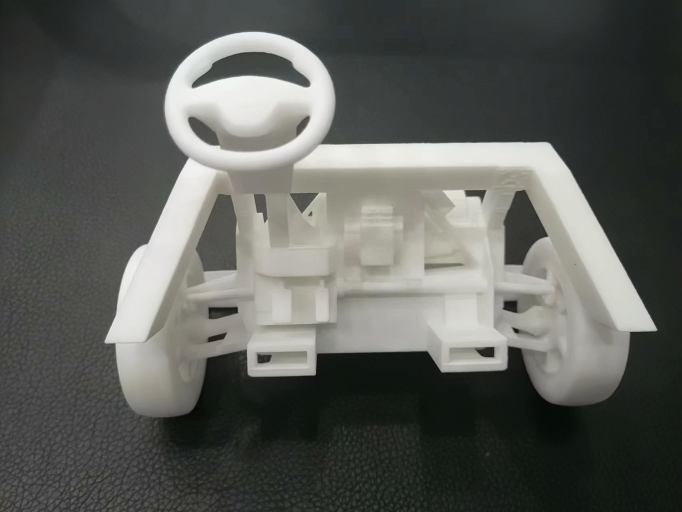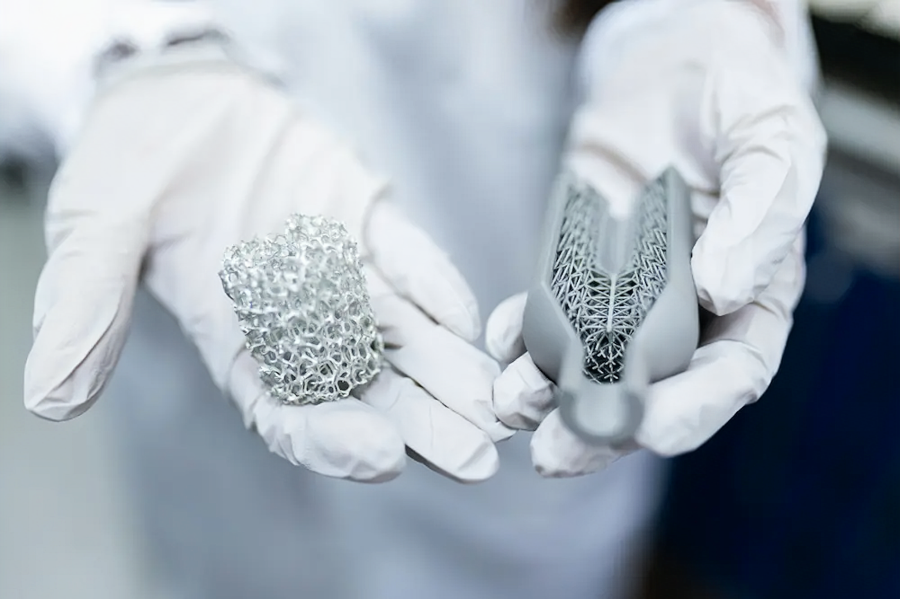Beyond the Print Bed: 3D Printing in Modern Manufacturing
Among the numerous technologies in the rapid prototyping industry, 3D printing stands out as a core force driving changes in product development and manufacturing. Since its inception, this technology has been continuously reshaping production models and innovation rhythms in various fields.
Technical Principles and Iterative Evolution
3D printing, also known as additive manufacturing, builds three-dimensional objects by stacking materials layer by layer based on Computer-Aided Design (CAD) models. Common technologies include Fused Deposition Modeling (FDM), Selective Laser Sintering (SLS), and Stereolithography (SLA). Taking FDM as an example, thermoplastic filaments are melted in the nozzle, extruded point by point according to model instructions, and after cooling and solidification, a layer is formed. The layers are stacked to finally complete the object forming.
Since the concept of 3D printing emerged in the 1980s, technological development has been changing with each passing day. Early equipment had slow printing speeds, low precision, and limited material options. Today, high-end 3D printers can achieve micron-level precision, and printing speeds have been significantly improved. Multi-nozzle and multi-material printing technologies are also constantly maturing, enabling the use of multiple materials with different properties in the same printing process to produce products with more complex functions, greatly expanding the application boundaries.
Booming Market Trend
The 3D printing market has been advancing by leaps and bounds in recent years. In 2023, the global 3D printing market size reached 20.37 billion U.S. dollars, and it is expected to grow at a compound annual growth rate of 23.5% from 2024 to 2030. Many factors have jointly promoted the prosperity of this market.
Industries’ demand for rapid product iteration is increasingly urgent. The advantages of 3D printing in rapid prototyping are prominent, which can significantly shorten the cycle from product design to prototype, conforming to the market rhythm. At the same time, with the rise of customization, consumers’ desire for personalized products has prompted enterprises to seek flexible production methods. 3D printing can easily realize product customization, whether it is personalized implants for medical devices or unique appearances of consumer electronic products, which can accurately meet the needs.

Diverse Application Scenarios
Medical Field: Customized Guarantee for Life and Health
In the medical industry, 3D printing is rewriting the chapter of treatment and rehabilitation. Using patients’ medical imaging data, personalized implants such as hip and knee replacements can be accurately printed, which perfectly fit the patient’s body structure, improving the implantation success rate and patient comfort. The 3D printing of surgical models is also of great significance. Doctors can use the models to familiarize themselves with complex anatomical structures and simulate the surgical process before the operation, which greatly improves the success rate of the operation.
Aerospace: Innovative Wings of Lightweight and High Strength
The aerospace industry has extremely strict requirements for lightweight and high-performance components, and 3D printing has become a way to break the situation. Through the combination of advanced materials and 3D printing technology, complex and lightweight aero-engine components, airframe structural parts, etc. can be manufactured. These components not only reduce the weight of the aircraft, improve fuel efficiency, but also optimize aerodynamic performance, injecting strong impetus into the innovative development of the aerospace field.
Automotive Industry: Accelerating Engine for Design and Manufacturing
Automobile manufacturers widely use 3D printing for prototype design and parts manufacturing. During the research and development of new models, the rapidly printed prototypes of engine, interior and other components facilitate designers to quickly verify design ideas and make timely adjustments and optimizations, which greatly shortens the R&D cycle of the whole vehicle. In the production of small-batch and customized parts, 3D printing avoids the high cost of molds, opening up a new path for automobile personalized modification and small-batch vehicle production.

Existing Challenges and Future Prospects
Although 3D printing has a bright future, there are still obstacles on the way forward. The cost of equipment and materials remains high. High-end industrial-grade 3D printers can cost hundreds of thousands of dollars, and special materials such as metal 3D printing powder are also expensive, which limits the wide application of small and medium-sized enterprises. Moreover, some enterprises have insufficient understanding of 3D printing technology and are worried about the stability of product quality and production efficiency, which affects the promotion of the technology.
However, with the development of science and technology, there is a glimmer of hope. The entry of many enterprises into the market intensifies market competition, which is expected to reduce equipment prices. The research and development of new materials is constantly making breakthroughs, and more materials with excellent performance and reasonable prices are expected to appear in the future.
Artificial Intelligence (AI) and the Internet of Things (IoT) will also be deeply integrated into the field of 3D printing. AI can optimize printing paths and predict equipment failures, and IoT can realize remote monitoring and intelligent management of equipment, further improving production efficiency and quality control level.
It can be predicted that after overcoming many challenges, 3D printing will release more energy in the rapid prototyping industry, continue to empower innovation in various fields, reshape the global manufacturing pattern, and lead a new revolution in product design and manufacturing.
